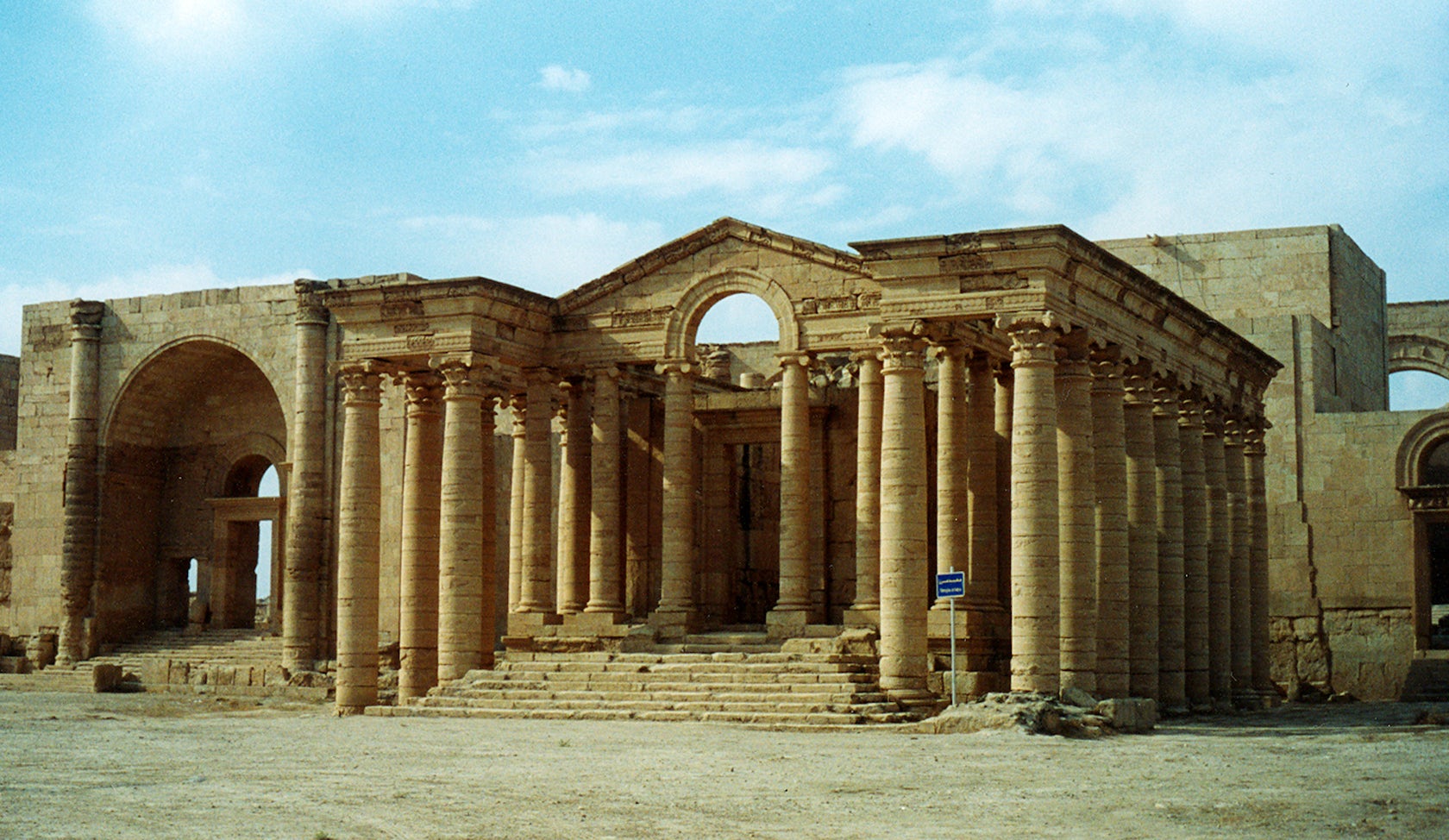Architecture and especially historical monuments or statues can often become implicated into war and cultural cleansing. Unfortunately, that usually means simply wiping them off the face of the earth in the misguided attempt to do the same to whatever culture they represent. The terror group ISIS is of course not above some good old fashioned destruction, and they have recently released a video of themselves destroying statues and relics from ancient and Islamic Mesopotamia at the Mosul Museum in Northern Iraq, as well as in the nearby walled city of Hatra, a UNESCO World Heritage Site.
Video of ISIS destroying Mosul Museum.
Naturally, the video elicited a response from the international art community. New York’s Metropolitan Museum of Art denounced the pillaging in a statement, calling for an end to the “mindless attack on great art, on history, and on human understanding,” and added that “such wanton brutality must stop, before all vestiges of the ancient world are obliterated.” Like the Met, the Mosul Museum’s collection includes relics from the birth of civilization that are important not only to the history and culture of the region but also the world. The museum has some of the finest examples of sculptures from holy sites such as Nimrud, Nineveh, and Hatra.

Hatra. Image via whc.unesco.org
Luckily, it has been speculated that many of the sculptures were copies in place of the originals that were moved to Baghdad in anticipation of a situation like this. ISIS has been destroying art and architecture in the name of Jihad for some time now. The mission is twofold. First, they want to rid the world of “idols,” or false-god images. Many of the artworks that were destroyed are from before the time of Christ, which means that they are not in line with Islam since they did not exist at the time of the Prophet Muhammed in the 7th century AD. Ridding the world of music and beauty is not enough, they must continue on to erase “idolatry,” even it that means cleansing history.

Mosque being blown up in ISIS video. Image via english.alarabiya.net
The second part of their mission is to rid the region of the Assyrian populations of Iraq and Syria and other religious minorities such as Christians and the ethnic Yazidis, who they call “devil worshippers.” Destroying their churches and holy sites is part of their strategy to make them leave the area. ISIS previously destroyed the tomb of the biblical whale-swallowing-survivor Jonah, who was buried in the Mosque of the Prophet Yunus (Arabic for Jonah). They have also bulldozed several Shiite mosques and even Sunni shrines, which shows why their hard-line brand of Jihad is too extreme for even Al-Qaeda.

Mosque being blown up in ISIS video. Image via english.alarabiya.net
The desecration of the region is a crime against all of us. Many of the simple things we take for granted were invented there: cities, agriculture, the 24-hour day, and writing. Like the Taliban and many invading colonial powers before them, the destruction of culture is display of domination. Whose responsibility is it to protect the art and architecture in war-torn places under these threats? Should the military intervene? Are governments to be held accountable for relics and sites destroyed under their watch? The UN Security Council has called an emergency meeting, as they see this ransacking as a security threat. Unfortunately, they are right. The assault on the world’s knowledge is directly in line with ISIS’s position as a terror not only to the region, but to humanity and civilization itself.




